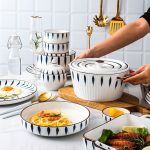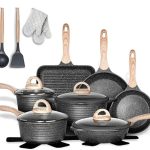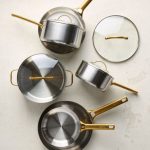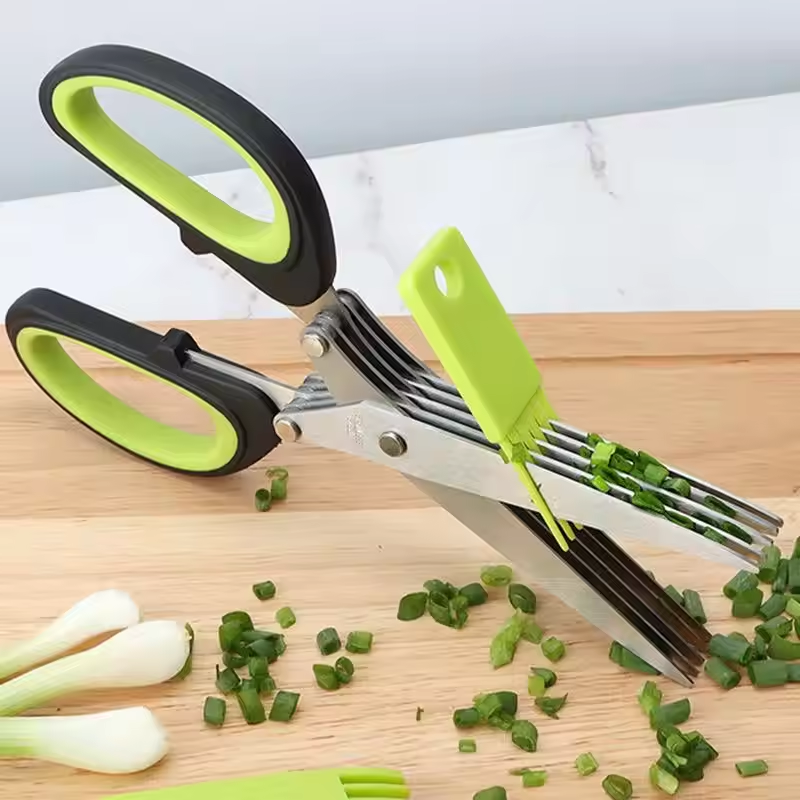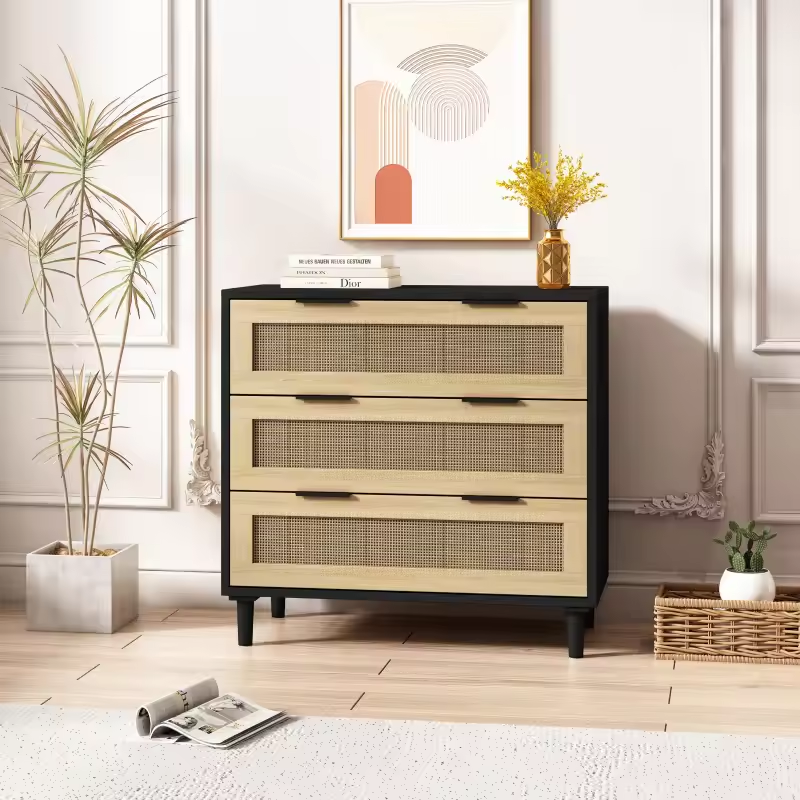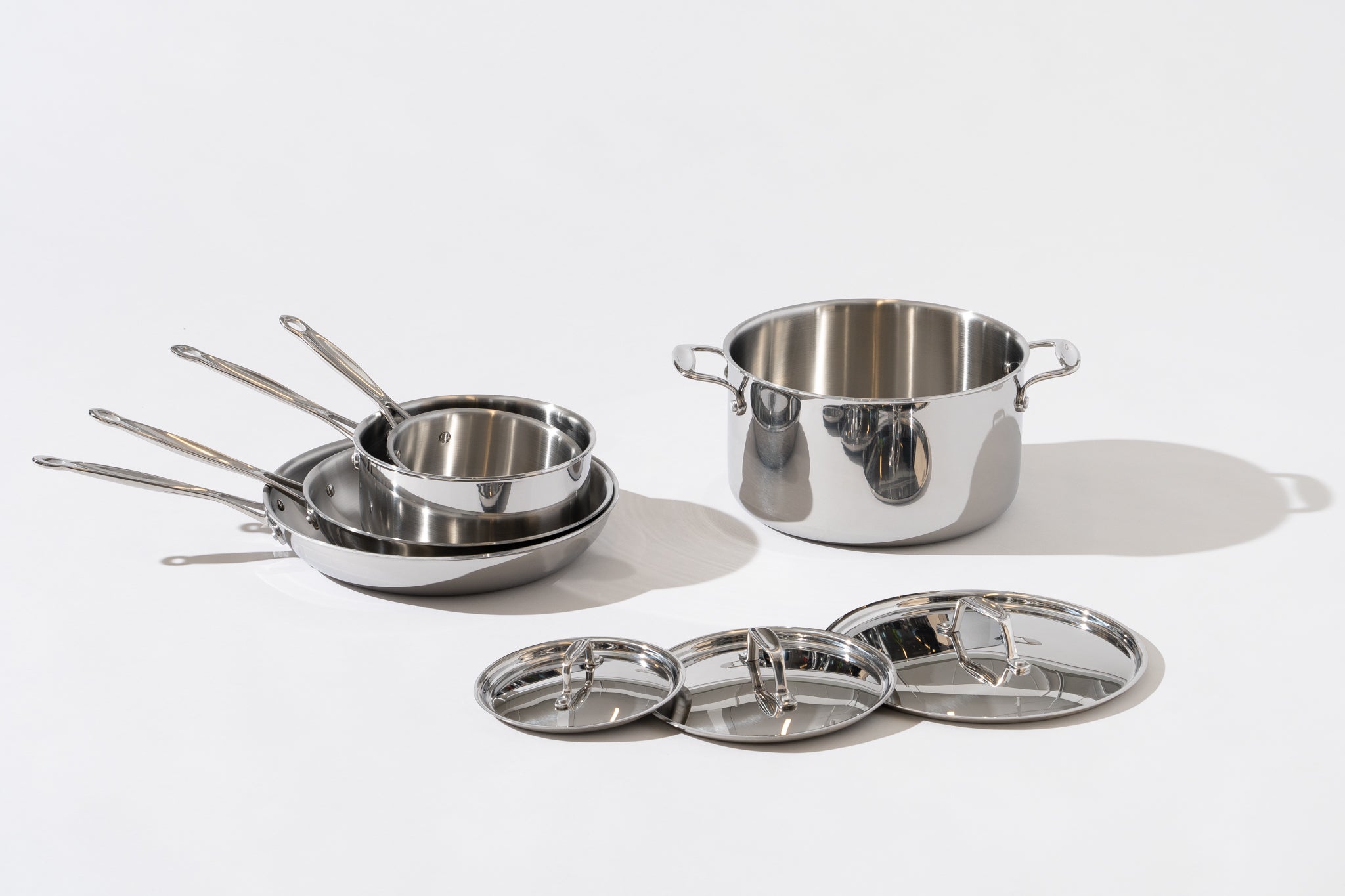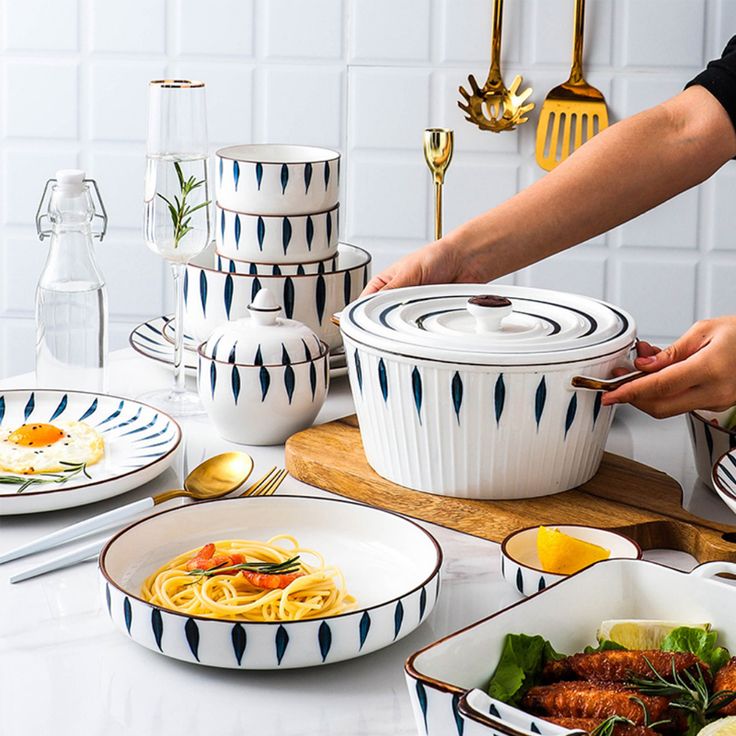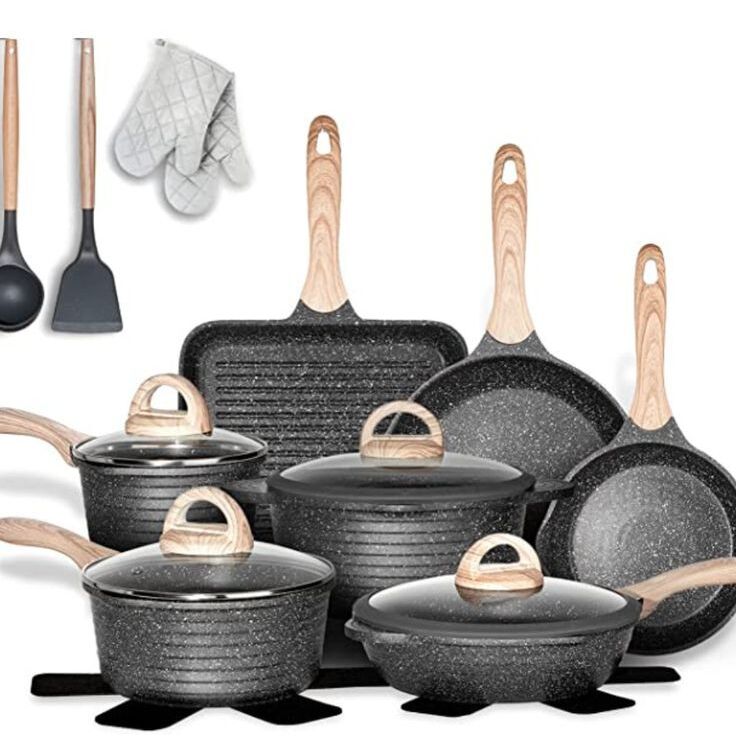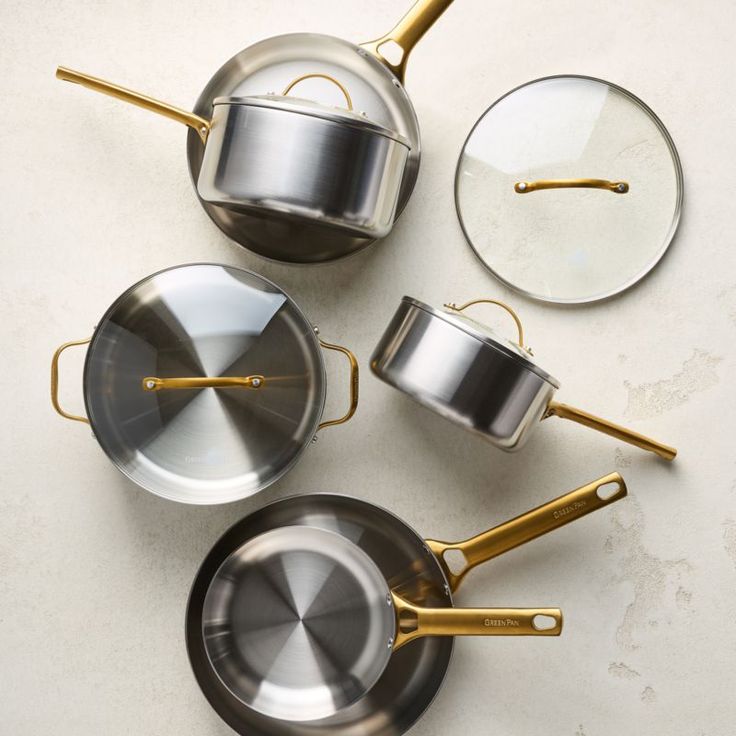Cookware is an essential component of any kitchen, impacting the way food is prepared, cooked, and ultimately enjoyed. The material from which cookware is made plays a crucial role in its performance, durability, and even the nutritional value of the food it cooks. With a myriad of options available, from stainless steel to cast iron and beyond, selecting the right material can seem daunting. This guide will delve into the characteristics, advantages, and considerations of various cookware materials, helping you make informed decisions that suit your cooking style, preferences, and kitchen needs.
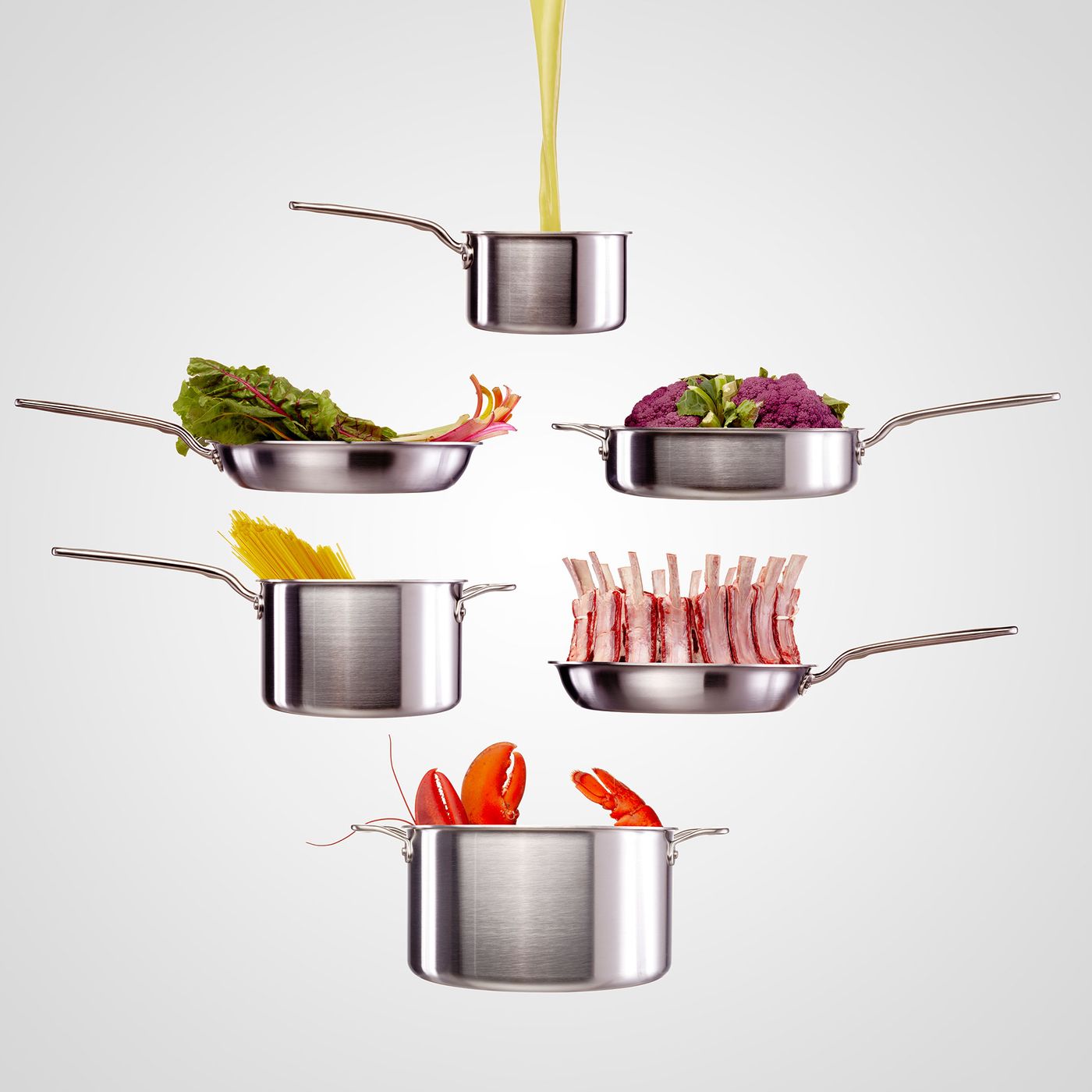
Stainless Steel: Versatile and Durable
Stainless steel is renowned for its durability, versatility, and resistance to rust and corrosion. It consists primarily of iron, with varying amounts of chromium and nickel added to enhance its properties. Stainless steel cookware is non-reactive, meaning it won’t impart flavors or react with acidic foods. It’s also dishwasher-safe and easy to maintain, making it a popular choice in professional and home kitchens alike. However, stainless steel by itself is not a good conductor of heat, so many stainless steel pans feature aluminum or copper cores or bases to improve heat distribution and responsiveness.
Cast Iron: Excellent Heat Retention
Cast iron cookware has been favored for centuries due to its exceptional heat retention and even heat distribution. It heats slowly and evenly, making it ideal for tasks that require steady heat, such as searing, frying, and baking. Cast iron also develops a natural non-stick surface (seasoning) over time with proper care and use. However, it requires seasoning and careful maintenance to prevent rusting and maintain its non-stick properties. Cast iron cookware is versatile, suitable for both stovetop and oven use, and can last for generations when properly cared for.
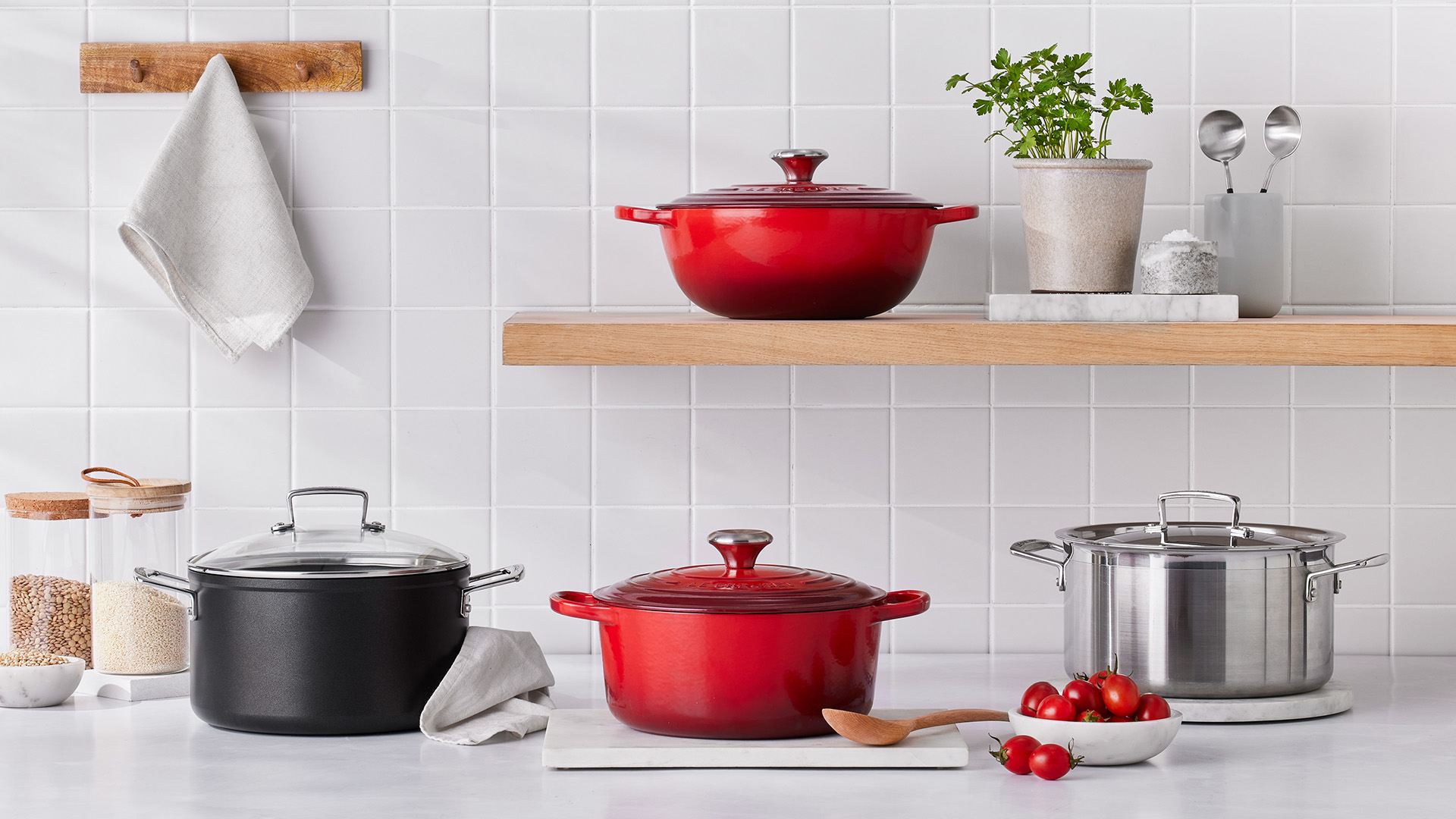
Nonstick: Easy Release and Cleanup
Nonstick cookware is coated with a layer of polytetrafluoroethylene (PTFE) or ceramic to prevent food from sticking during cooking. This coating allows for easy release of food and facilitates quick cleanup, as less oil is needed for cooking. Nonstick pans are particularly useful for cooking delicate foods like eggs and pancakes without them tearing or sticking. However, nonstick coatings can wear down over time, especially if scratched or exposed to high heat. Some concerns have been raised about the safety of nonstick coatings at very high temperatures, so it’s essential to follow manufacturer guidelines and use them within recommended temperature ranges.
Aluminum: Lightweight and Affordable
Aluminum cookware is lightweight, conducts heat well, and is generally more affordable than other materials. It heats up quickly and evenly, making it suitable for tasks that require fast and precise temperature control. However, bare aluminum can react with acidic foods, potentially affecting the taste and color of dishes. To mitigate this, many aluminum pans are anodized or coated to create a non-reactive surface. Anodized aluminum cookware is durable, scratch-resistant, and easy to clean, offering the benefits of aluminum without the drawbacks of reactivity.
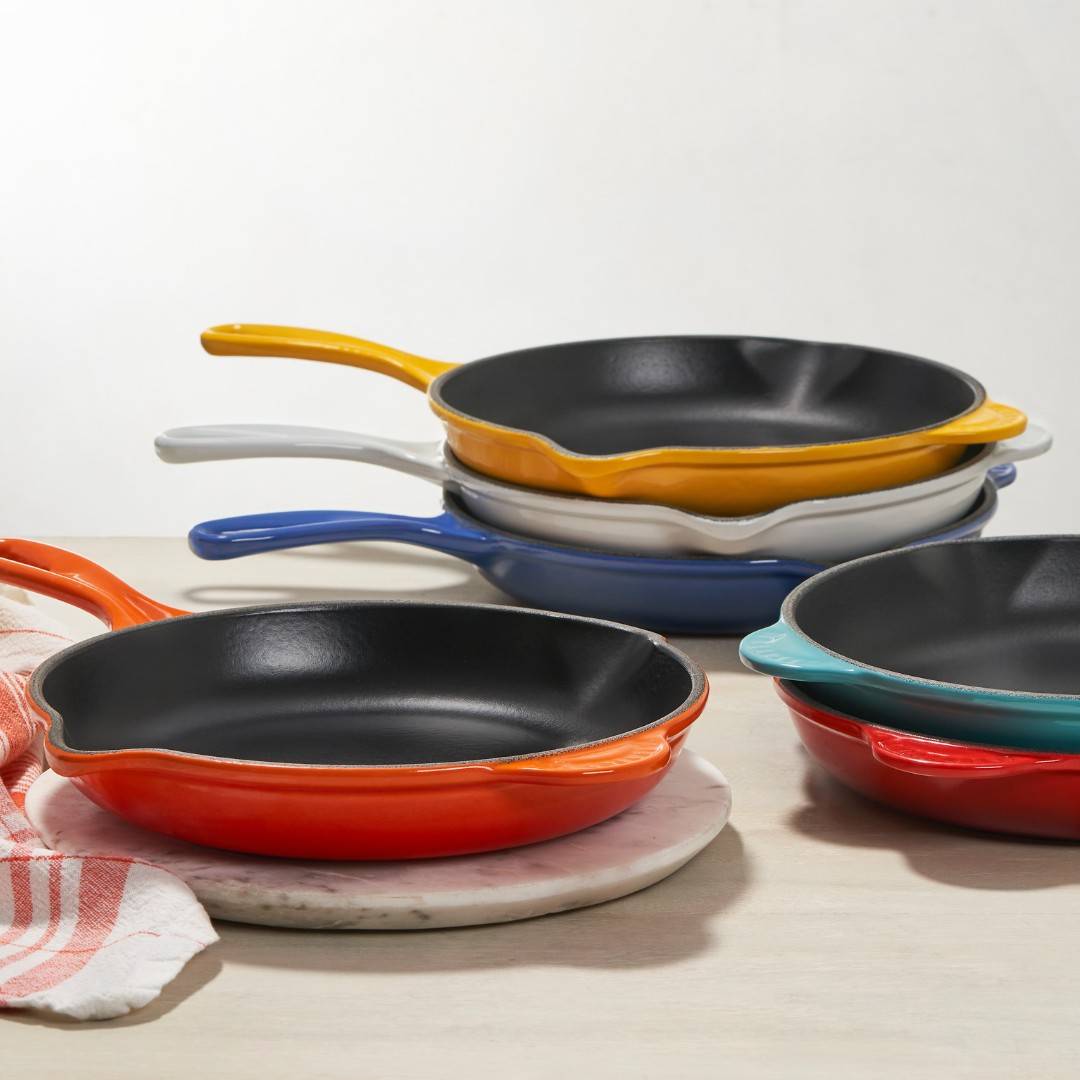
Copper: Superior Heat Conduction
Copper cookware is prized for its superior heat conductivity, allowing for precise temperature control and even heating across the cooking surface. It heats up and cools down quickly, making it ideal for tasks that require rapid adjustments in temperature. Copper also offers aesthetic appeal with its distinctive appearance and is often used by professional chefs for its responsiveness and performance. However, pure copper cookware requires regular polishing to maintain its appearance and prevent tarnishing. Many modern copper pans are lined with stainless steel or tin to enhance durability and prevent reactivity with acidic foods.
Carbon Steel: Lightweight Alternative to Cast Iron
Carbon steel cookware shares many characteristics with cast iron but is lighter and more responsive to changes in heat. It heats quickly and evenly, making it suitable for tasks like sautéing, searing, and stir-frying. Carbon steel pans also develop a natural non-stick patina with use, similar to cast iron. However, they require seasoning and careful maintenance to prevent rusting. Carbon steel cookware is versatile and can be used on all cooktops, including induction, and is oven-safe. It’s favored by professional chefs and home cooks alike for its durability and performance.
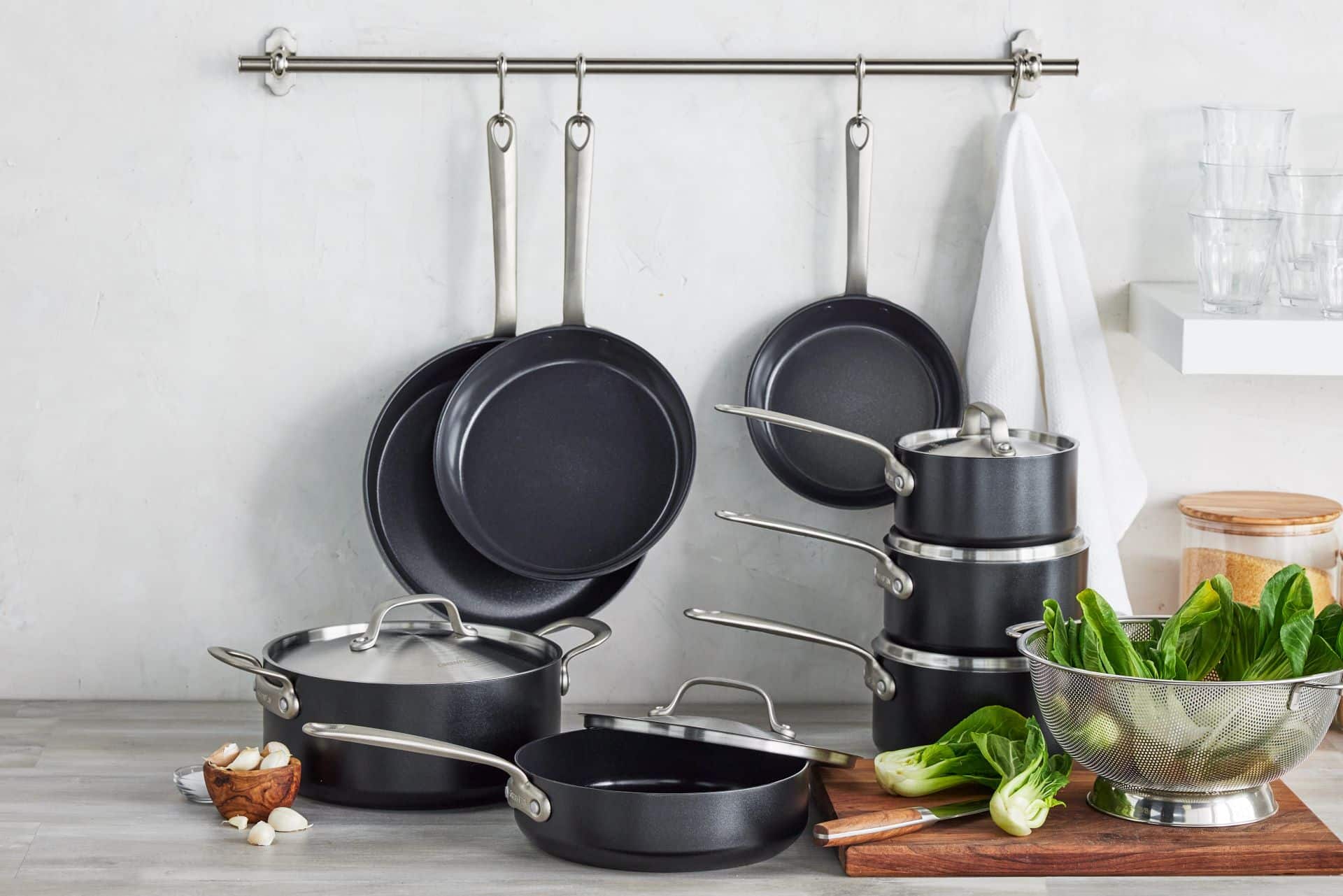
Ceramic: Non-Toxic and Eco-Friendly
Ceramic cookware is made from natural materials and coated with a non-stick ceramic glaze that is free of PTFE and PFOA, making it a non-toxic and eco-friendly option. It heats evenly and retains heat well, similar to cast iron and stainless steel. Ceramic cookware is easy to clean, as food slides off effortlessly, and it’s dishwasher-safe for added convenience. However, ceramic coatings can chip or wear off over time, especially if scratched with metal utensils. It’s essential to follow care instructions to maintain the integrity of the ceramic coating and prolong the lifespan of the cookware.
Considerations When Choosing Cookware
- Heat Conductivity and Responsiveness: The ability of cookware to distribute heat evenly and respond quickly to temperature changes affects cooking results. Materials like copper and aluminum excel in heat conductivity, while stainless steel often incorporates aluminum or copper cores to improve heat distribution.
- Durability and Longevity: Assessing the durability of cookware involves considering factors such as resistance to warping, scratching, and corrosion. Materials like stainless steel, cast iron, and carbon steel are known for their durability and ability to withstand high temperatures and frequent use.
- Maintenance and Care: Different materials require varying levels of maintenance. For instance, cast iron and carbon steel need seasoning to maintain non-stick properties and prevent rust. Stainless steel and aluminum are generally easier to clean but may require specific cleaning techniques to avoid discoloration or damage.
- Compatibility with Cooktops: Ensure your cookware is compatible with your cooking surface. For example, induction cooktops require magnetic materials like stainless steel or cast iron. Aluminum and copper may need additional layers or modifications to be suitable for induction cooking.
- Non-Stick Properties: Non-stick coatings can simplify cooking and cleaning tasks but may degrade over time, especially if exposed to high temperatures or abrasive cleaning methods. Consider the longevity and safety aspects of non-stick coatings when choosing cookware.
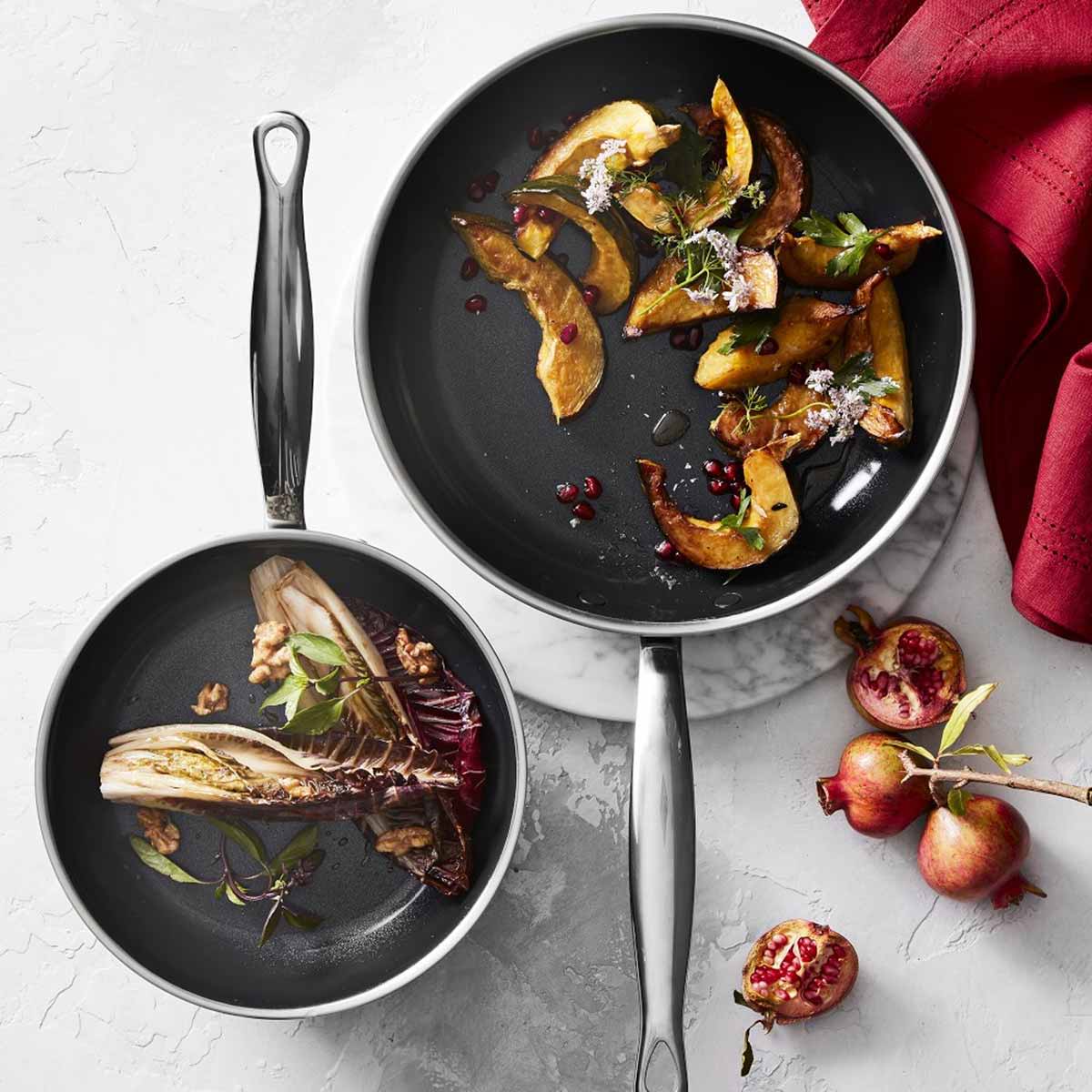
Conclusion: Finding Your Ideal Cookware
Choosing the best material for your cookware depends on your cooking style, preferences, and budget. Each material offers unique advantages in terms of heat conductivity, durability, ease of maintenance, and non-stick properties. Stainless steel is versatile and durable, while cast iron provides excellent heat retention. Nonstick cookware offers easy release and cleanup, while aluminum is lightweight and affordable. Copper boasts superior heat conduction, and carbon steel is a lightweight alternative to cast iron. Ceramic cookware is non-toxic and eco-friendly. Consider how each material aligns with your cooking needs and priorities to select cookware that enhances your culinary experience and lasts for years to come.
